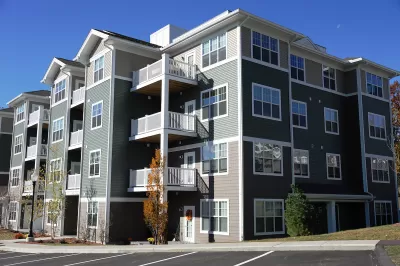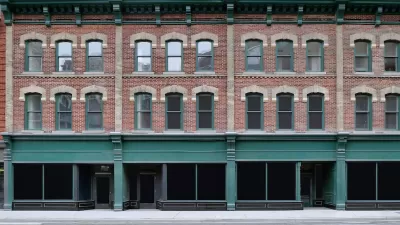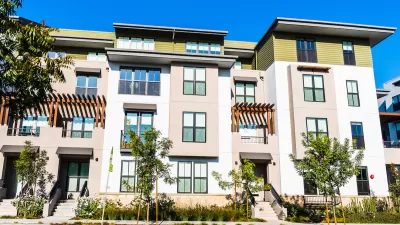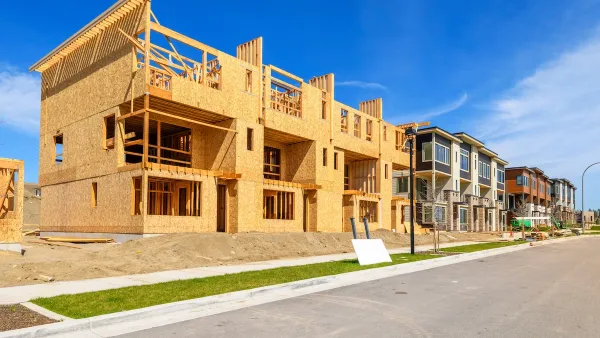In a majority of U.S. metro areas, suburban rent hikes are outpacing urban rent increases.

Suburban rents are growing faster than their urban counterparts, with a gap of as much as 21 percent in some cases. As Will Parker explains in The Wall Street Journal, “Rents in suburbs had climbed 26% through this past July since March 2020, 8 percentage points higher than the gain in urban cores, according to a report from rentals website Apartment List.”
The study found that “Suburban rent growth was greater than its urban counterpart in 28 of the 33 metro areas studied,” signaling a reversal of historic housing cost trends. In Portland, Oregon, suburban rents went up by 23 percent between 2020 and 2022 while rents in the city’s core only grew by 2 percent. The few exceptions to this pattern include New York City and Tampa, where urban core rent growth still outpaces suburban housing costs.
Parker adds, “Suburbs nationwide gained population last year, often at the expense of core counties in large metro areas, which collectively lost more than 800,000 movers, according to a Wall Street Journal analysis of U.S. census data.”
FULL STORY: Rising Rents Are Hitting American Suburbs Hardest

Planetizen Federal Action Tracker
A weekly monitor of how Trump’s orders and actions are impacting planners and planning in America.

Chicago’s Ghost Rails
Just beneath the surface of the modern city lie the remnants of its expansive early 20th-century streetcar system.

San Antonio and Austin are Fusing Into one Massive Megaregion
The region spanning the two central Texas cities is growing fast, posing challenges for local infrastructure and water supplies.

Since Zion's Shuttles Went Electric “The Smog is Gone”
Visitors to Zion National Park can enjoy the canyon via the nation’s first fully electric park shuttle system.

Trump Distributing DOT Safety Funds at 1/10 Rate of Biden
Funds for Safe Streets and other transportation safety and equity programs are being held up by administrative reviews and conflicts with the Trump administration’s priorities.

German Cities Subsidize Taxis for Women Amid Wave of Violence
Free or low-cost taxi rides can help women navigate cities more safely, but critics say the programs don't address the root causes of violence against women.
Urban Design for Planners 1: Software Tools
This six-course series explores essential urban design concepts using open source software and equips planners with the tools they need to participate fully in the urban design process.
Planning for Universal Design
Learn the tools for implementing Universal Design in planning regulations.
planning NEXT
Appalachian Highlands Housing Partners
Mpact (founded as Rail~Volution)
City of Camden Redevelopment Agency
City of Astoria
City of Portland
City of Laramie





























